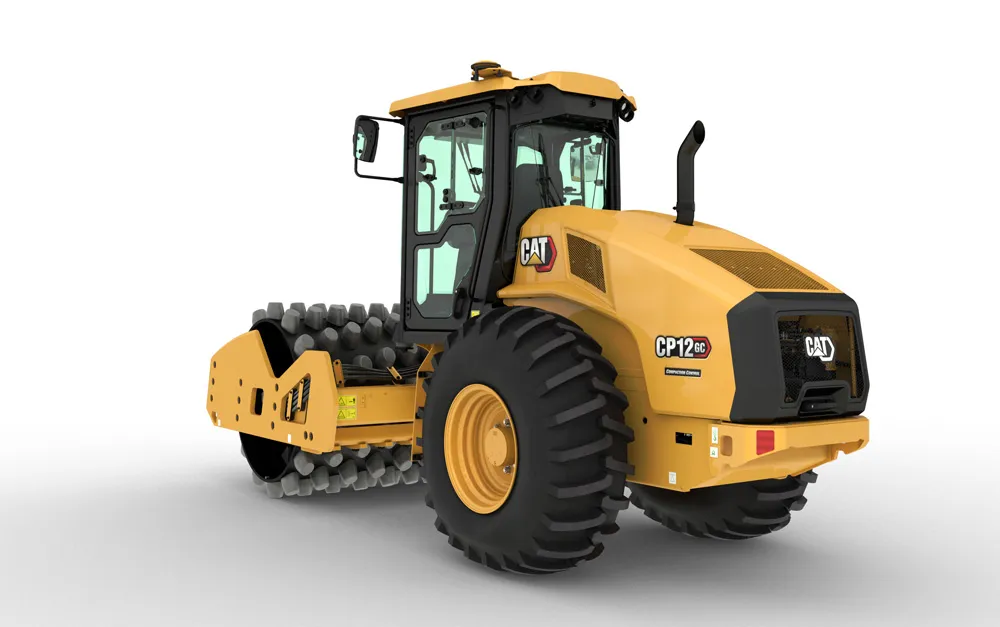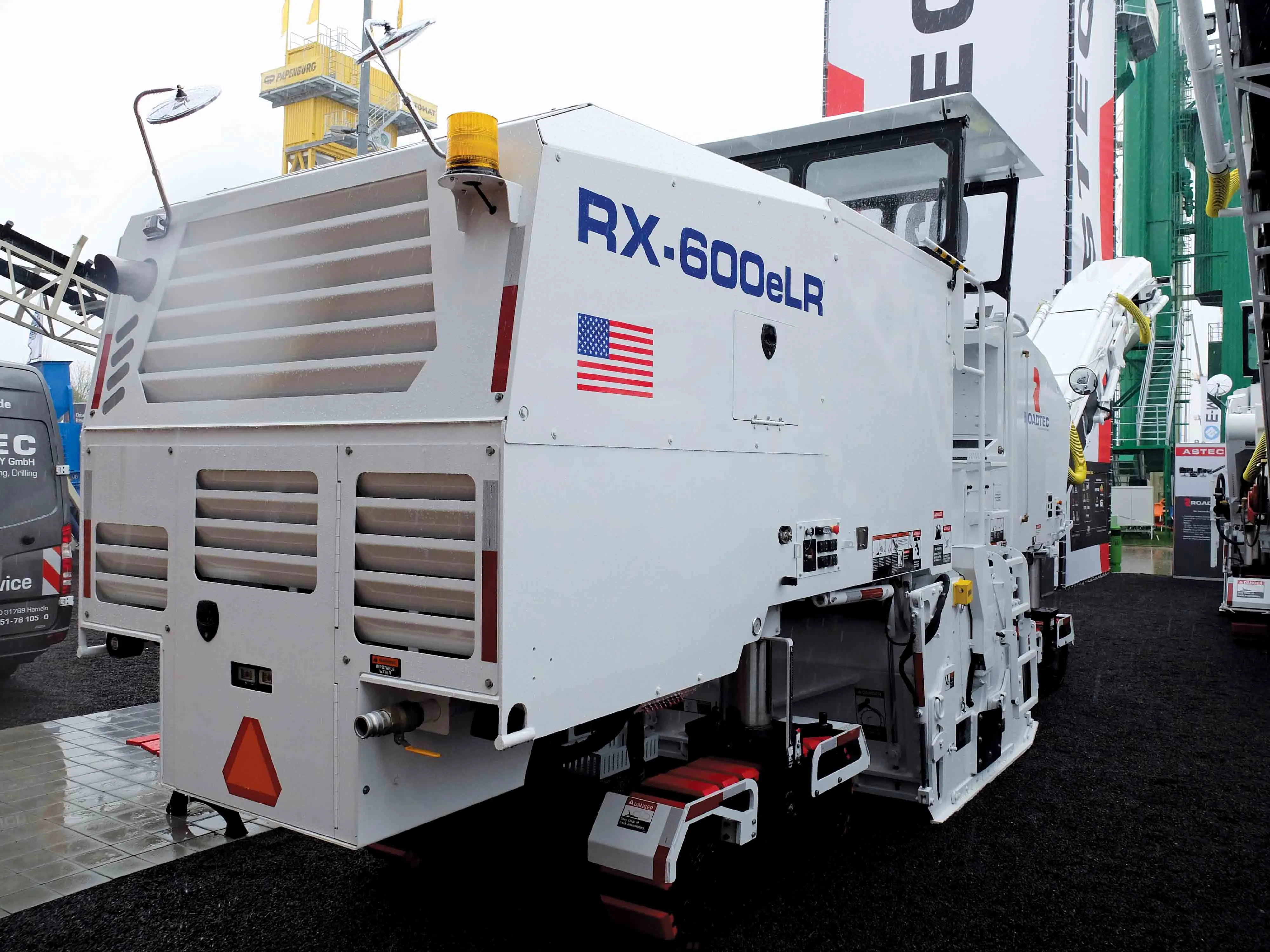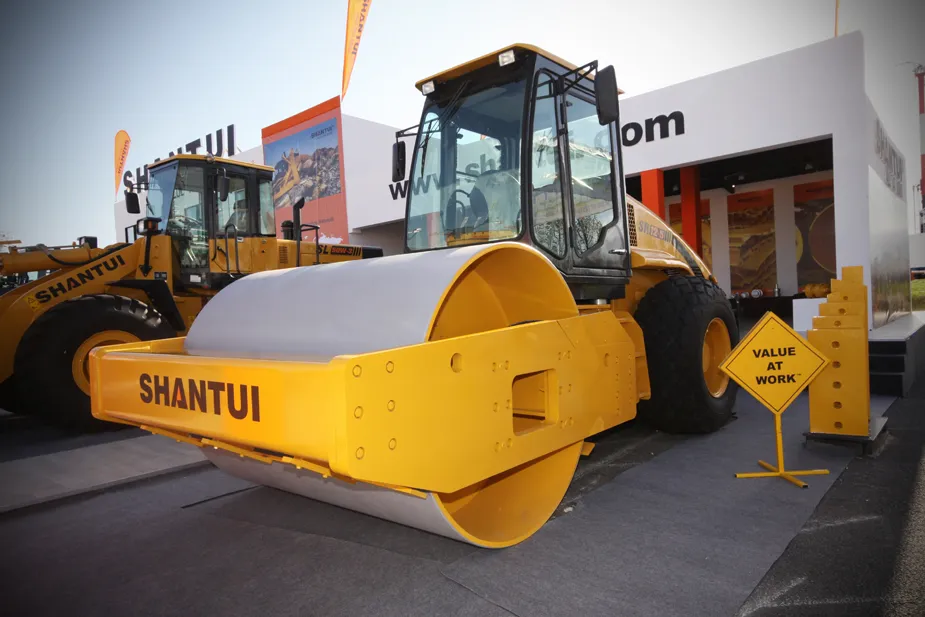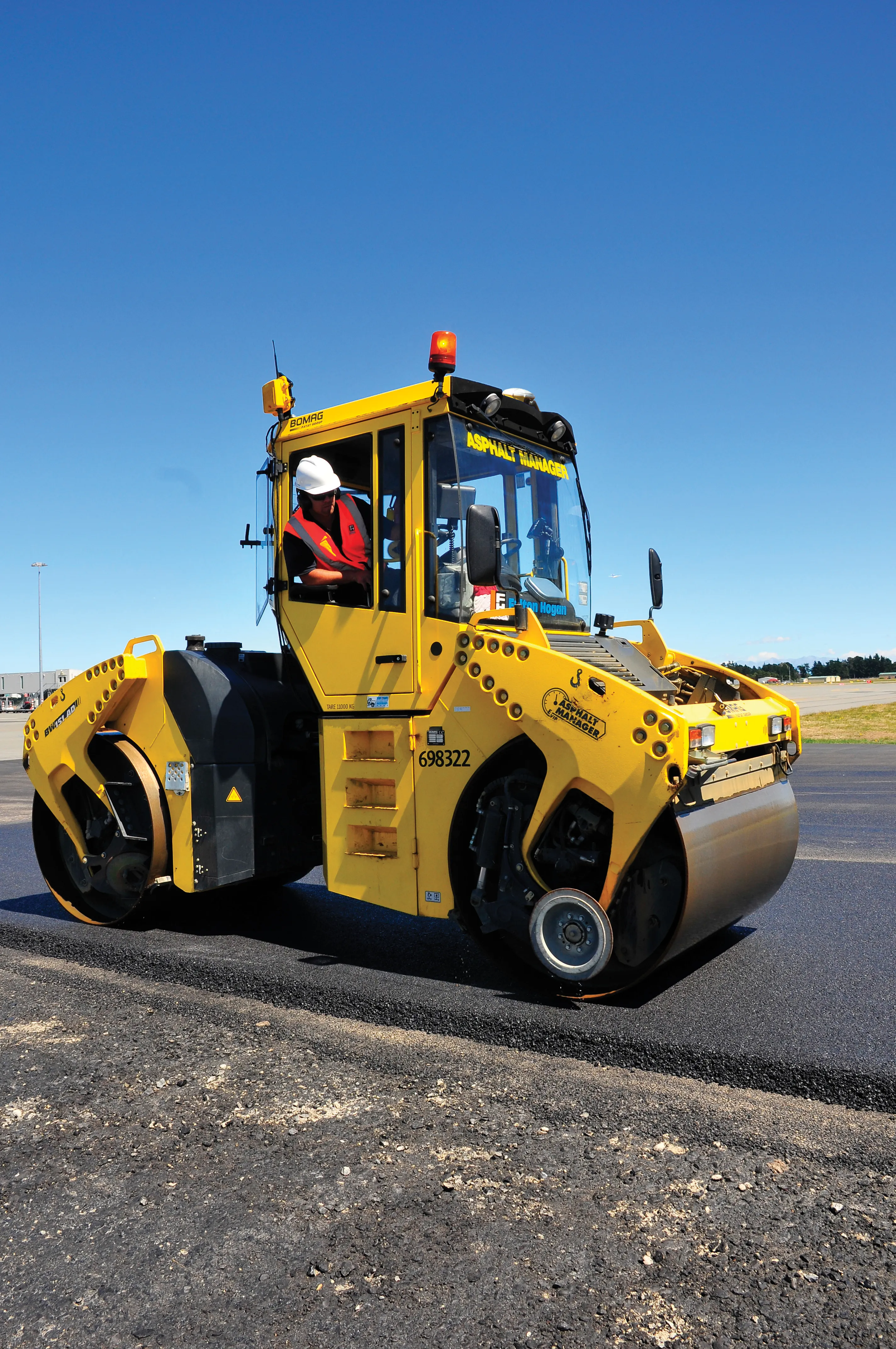
The machines offer 2.12m-wide drums and are said to deliver high static linear load and more weight at the drum for effective compaction. Both smooth (CS) and padfoot (CP) drum models are available for compaction of granular and cohesive soils.
The new GC Series is powered by the 90kW Cat C3.6 diesel, which meets the Tier 4 Final and Stage V emissions standards. Standard Eco-Mode operation reduces engine speed to 2,000rpm, delivering fuel savings of up to 10%. Long oil and filter change intervals also help to lower service time and costs.
The compactors have single propel pumps and limited slip differential rear axles, allowing gradeability up to 55% for the 10tonne and 11tonne models and up to 50% for 12tonne models.
The new GC compactors feature the Cat exclusive pod-style vibration system, which offers a three-year/3,000-hour service interval. Providing more weight at the drum than previous B Series, these models offer high compaction performance. Dual amplitude and frequency selection is controlled from the cab.
Additional XT weight kits and padfoot shell kits for CS smooth drum models increase versatility. Weight kits for the CS10 GC and CS11 GC replace the front bumper and add weights under the yoke tube of the CS 11 GC to bump each model up to the next weight class. The same B Series shell kit design converts GC Series smooth drum compactors into a padfoot drum roller, allowing these machines to compact cohesive soils as well as granular.
Simplified controls and digital readouts are fitted. All main controls are located on the right-side console. Standard auto-vibe automatically starts/stops machine vibration based on propel lever position to prevent compaction while not moving.
All pf the new rollers come standard with the Product Link Elite system that captures critical operating data, monitors machine health, and provides service reminders and fault code alerts to improve fleet management. An array of optional technologies are available for the new GC Series, including Machine Drive Power, Compaction Meter Value, mapping and machine-to-machine communication.








